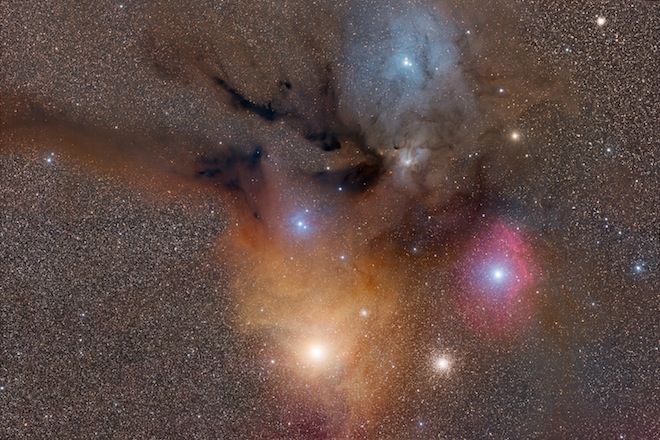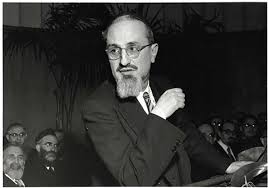P.F. Strawson in his work Individuals an essay in Descriptive Metaphysics describes the conceptual system which we implicitly use in all human thought processes. This system has very general features which we all take for granted but do not bother to take notice of. Delineating concepts such as Space, Time, Physical Objects and the possibility of individuation, singling out individual objects, are part of this description. It is probably the best modern introduction to Kant’s Critique of Pure Reason. ( Strawson also wrote The Bounds of Sense, a more technical and in depth analysis of Kant’s Critique of Pure Reason.)
The study and analysis of Torah also assumes a conceptual system
Rav Yosef Soloveitchik, ztz’l, writes:
“To whom may he (Halachik Man) be compared? To a mathematician who fashions an ideal world and then uses it for the purpose of establishing a relationship between it and the real world, as was explained above. The essence of the Halakha, which was received from God, consists in creating an ideal world and cognizing the relationship between that ideal world and our concrete environment in all its visible manifestations and underlying structures. There is no phenomenon, entity, or object in this concrete world which the a priori Halakha does not approach with its ideal standard.” (Halakhic Man, p. 19).
Continuing at the end of this same chapter:
“Such is also the way of the mathematician! When Riemann and Lobachevski discovered the possibility of a non-Euclidean space, they did not pay any attention to the existential space in which we all live and which we encounter with all our senses. , which is Euclidean from beginning to end. They were concerned with an ideal mathematical construction, and in that ideal world they discerned certain features of a geometric space different from ours. Afterward, physicists such as Einstein and his circle appeared, and they utilized the concept of anon-Euclidean space in order to explain certain physical phenomena. The ideal geometric space then found its actualization in the real world.” (p. 29)
Torah and Philosophy, in the tradition of the Rambam, are once again combined in the epistemological and logical understanding of the idea of System and specifically of Axiomatic System. To satisfy these demands for consistency, independence and completeness is la-asok be divrei Torah, to be busy with Words of Torah. .
The history of Mathematics in the nineteenth and twentieth century is a fascinating epoch for any thinking individual. The abstract idea of System and its logical demands has been refined understood in numerous studies and scientific works.
click here for Beyond Axiomatics: A System of Law

